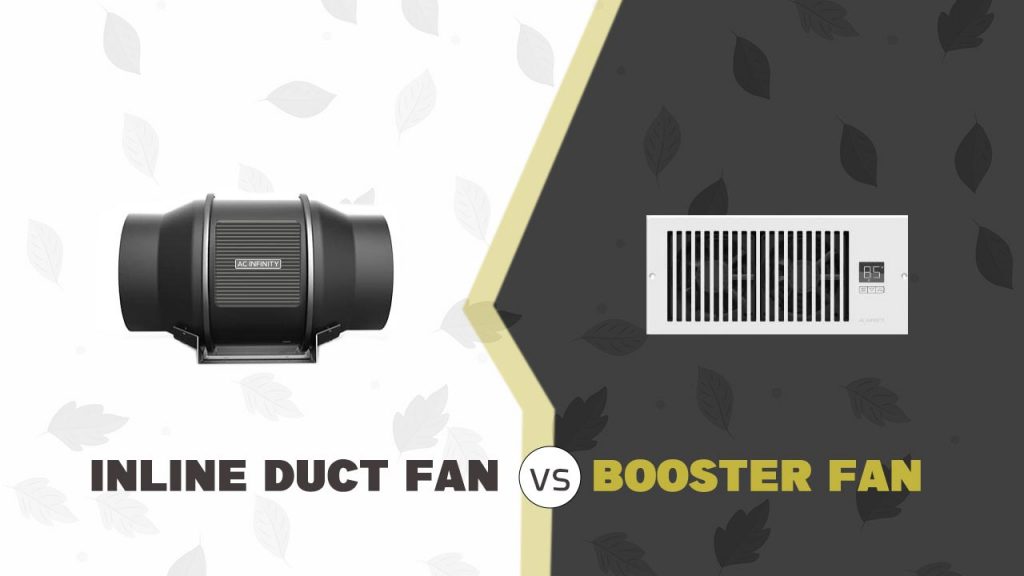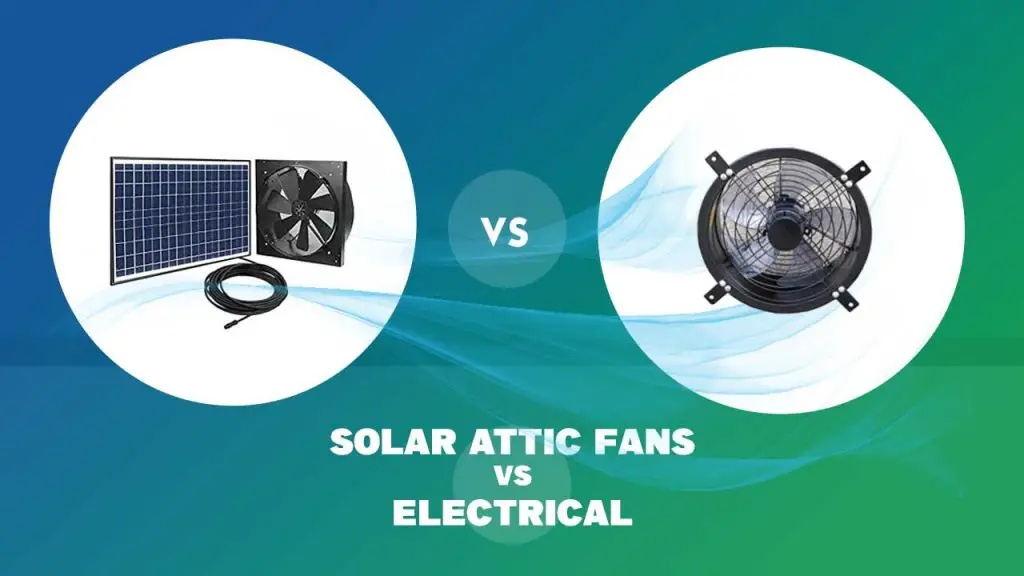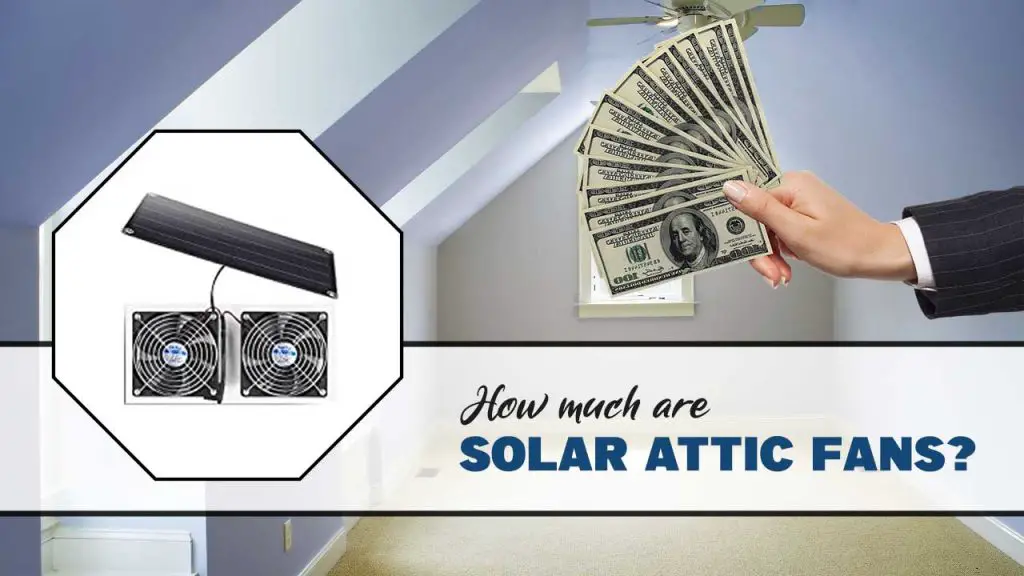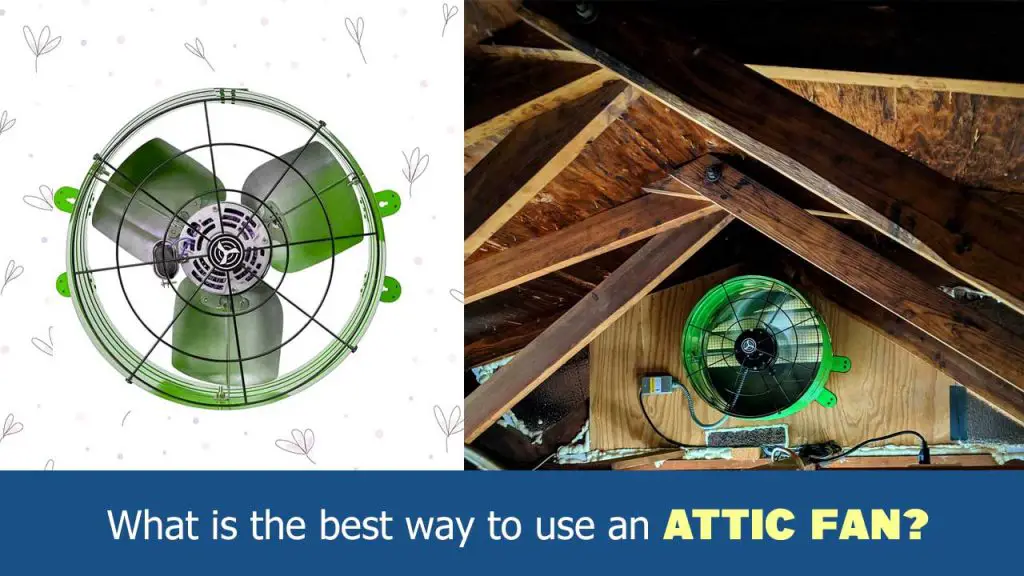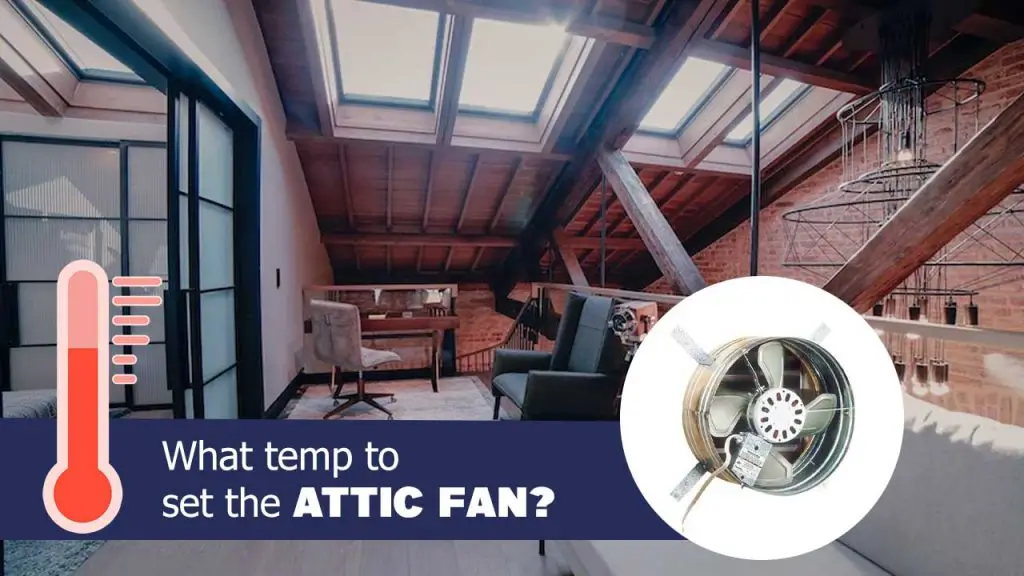In a bid to support their HVAC system, many homeowners tend to search for complementary devices or appliances that can support the efficiency of heating, humidity and cooling systems.
Two units often come to mind; the inline duct fan and the booster fan. Due to their somewhat structural similarities and ceiling installation methods, the two fans are often confused to be the same, and able to be used interchangeably.
This is not true. An inline fan is different from a booster fan In so many ways, including mode of operation, purpose and capacity.
We’ll look at all of those areas of difference in the course of the post, even as we consider what their uses are.
Is An Inline Duct Fan the Same as A Booster Fan?
No, an inline duct fan is not the same as a booster fan. We’ll begin with what both mean and see if we can find a thread. An inline duct fan is a fan that is, first and foremost, connected to or installed in the ductwork of your home.
See the AC Infinity CLOUDLINE T6, Quiet 6” Inline Duct Fan for instance. You’d usually find them installed at the end of a long stretch of installed ductwork.
They are primarily installed to help push air into distant rooms and areas of the home. An inline fan generally provides the force that air conditioning cool air or heating air needs to move farther to far-reaching parts of the house.
Unlike the inline fan, a booster duct fan doesn’t always have a cylindrical structure but is also used to blow air into the room. A booster fan basically works the same way, but usually for a different purpose and at a different capacity.
For starters, inline duct fans are able to cover larger spaces and areas because of their better CFM than booster fans. We must also note that installation style varies according to the unit and this is also another reason why the capacity of coverage and reach differ.
Inline Duct Fan Vs Booster Fan
We’ll attempt to look at the similarities and differences between the inline duct fan and the booster fan.
1. Air Movement

This relates to the amount of air each unit is able to push and to what extent. Overall, inline duct fans tend to be a more powerful blower fan, with the ability to move up to 1,500 CFM when you use a large model like the 12-inch type.
On the other hand, a 12-inch model of the booster fan can only deliver as much as 800 CFM. What this means is that an inline duct fan can push air further to farther rooms and spaces than a booster fan.
2. Wattage

Naturally, inline duct fans tend to consume more energy than booster fans. This is what basically determines the airflow power. Also, inline duct fans have an active exhaust system that consumes more energy.
Still using the 12-inch model, a typical inline fan will consume more than 250 Watts compared to a booster fan of the same size that may only take up around 95-100 watts.
3. Motor Type

The two units also mostly use different motor types. Motors often determine effectiveness and price efficiency, and because their applications are different, technology is also slightly different.
Inline duct fans use the EC motor which is the most efficient. This combines with the mixed flow impeller which reduces noise and gives room for exhaust applications where required.
For the booster fans, the AC motor is used. While the AC motor is also quite energy-efficient, the impeller is pretty simple and straightforward, therefore producing more noise.
4. Usage

Inline duct fans are used for cooling and ventilation of large spaces, including exhausting humidity and heat from rooms and grow tents. Closet systems like AV equipment and hosting servers also find it useful for air distribution and cooling.
On the other hand, booster fans are purely meant to support airflow in various parts of the house. They do not necessarily push air through the ductwork, but collect air from the duct and push them further into the rooms.
5. Installation

Basically, booster fans are sometimes designed as fan board structures with their own tile vents. A good example is the AC Infinity AIRTAP T4, Quiet Register Booster Fan.
They are installed as a replacement for a tile that is removed from the roof to create room for the booster fan. As for inline duct fans, they are wholly installed inside the duct, usually at one end to help push air to distant parts of the house through the duct.
Which Is Better? Inline Duct Fan or Booster Fan?
Generally speaking, and for the sake of better airflow, an inline duct fan performs better for air distribution to parts of the house.
Also, a single unit will be able to enhance airflow to distant parts of the house, whereas you may need multiple booster fans to achieve this elsewhere.
However, inline duct fans are more expensive to run because they require more wattage to run on average. Nonetheless, booster fans are less energy-efficient when one considers performance put side-by-side with energy consumption.
For instance, while a single 12-inch inline duct may be adequate for a 3-bedroom apartment with bathrooms, and so on, you may require three different booster fans installed on the ceiling of the three rooms to get the same kind of results.
However, if it’s a small studio apartment, you may want to stick to a single booster fan because it is cheaper to buy, install a run and you’ll get the result you seek.
When Should You Use An Inline Duct Fan? When Should You Use A Booster Fan?
We stated briefly that booster fans are better for smaller spaces where airflow is a problem. Here, the unit will help to multiply airflow and create a better effect for your cooling, heating, or humidity systems.
An inline duct fan, on the other hand, is right there in your ductwork and acts as a catalyst. It helps to give cool or warm air in the duct more force, pace and reach, ensuring that they get to different parts of the house.
An inline duct fan is better for larger spaces and houses, as well as places where humidity control is required.
Furthermore, an inline duct fan is much more discreet as you’d not spot it anywhere in the home. If you need a fan like that, the inline unit should get your attention.
Meanwhile, the booster fan, while also space-saving and slightly discreet, can be spotted, especially if you use the models that have a tile vent attached.
Final Words:
Whether it’s an inline duct fan or a booster fan you choose to buy, you should know that the two are not the same and do not exactly perform the same role.
Also, the size of the space you intend to use the device, as well as what you’re willing to pay as running cost should be other factors you must consider before you make a choice.
In their own rights, these units are effective at the purposes for which they are built, but it’ll be wrong to get the right device for the wrong reason, or vice versa.
| Photo | Title | Buy |
|---|---|---|

|
LEVOIT Air Purifier for Home & Bedroom - For Allergies and Pets Hair | Check Price On Amazon |

|
BREEZOME 60 OZ Quiet Dehumidifiers for Home, Dual-Semiconductor | Check Price On Amazon |

|
AquaOasis™ Cool Mist Quiet Ultrasonic Humidifier for Bedroom & Large room | Check Price On Amazon |

|
43.3'' Portable Air Conditioners, 3-IN-1 Evaporative Air Cooler w/Remote | Check Price On Amazon |

|
BlueDri BD-AS-550-BL Negative Machine Airbourne Cleaner HEPA Air Scrubber | Check Price On Amazon |
